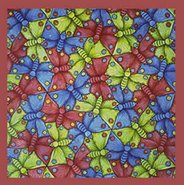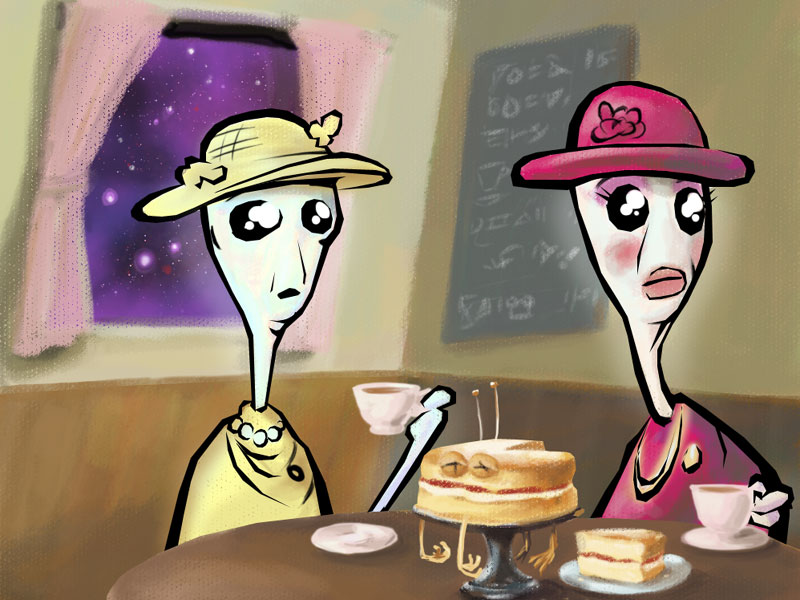Tiñamos sen publicar esta entrada que por falta de tempo quedou atrás. Pareceunos interesante esta pequena escolma de obras de arte co inspirador Bico como tema central. Comezamos a traducir as reseñas de cada unha das obras pero de súpeto decatámonos que os lectores de Mesturas non o precisan.
Fontes :
The best Art Kisses of All time by Paul Lester
The most striking examples of Kiss in Art
|
 |
| Banski is a pseudonymous England-based graffiti artist, political activist, film director, and painter. His satirical street art and subversive epigrams combine irreverent dark humour with graffiti done in a distinctive stencilling technique. Such artistic works of political and social commentary have been featured on streets, walls, and bridges of cities throughout the world. |
|
 |
| The Kiss, by French-Romanian sculptor Constantin Brancusi, offers a symbolic interpretation of a male and a female body merging into one. The fourth of several versions of the lovers that Brancusi carved throughout his career, this piece is the most geometric. Wrapped in a tight embrace and joined at the mouth and eye, the couple become one, as real-life lovers often do. |
| Mary Cassat ( 1844 – 1926) was an American painter and printmaker. She lived much of her adult life in France, where she first befriended Edgar Degas and later exhibited among the Impressionists. Cassatt often created images of the social and private lives of women, with particular emphasis on the intimate bonds between mothers and children. Bico da nai. 1897 |
| Chagall was a Russian-French artist associated with several major artistic styles and one of the most successful artists of the 20th century. He was an early modernist, and created works in virtually every artistic medium, including painting, book illustrations, stained glass, stage sets, ceramic, tapestries and fine art prints. Birthday. 1915 |
| Cocteau (5 July 1889 – 11 October 1963) was a French poet, novelist, dramatist, designer, playwright, artist and filmmaker. The Kiss |
| Alfred Eisenstaedt This photograph by Alfred Eisenstaedt portrays an American sailor kissing a young nurse in a white dress on V-J Day in Times Square on August 14, 1945. The photograph was published a week later in Life magazine among many photographs of celebrations around the country that were presented in a twelve-page section called Victory. 1945 |
| Max Ernst (2 April 1891 – 1 April 1976) was a German painter, sculptor, graphic artist, and poet. A prolific artist, Ernst was one of the primary pioneers of the Dada movement and Surrealism. |
| Fragonard French painter and printmaker whose late Rococo manner was distinguished by remarkable facility, exuberance, and hedonism. One of the most prolific artists active in the last decades of the Ancien Régime, Fragonard produced more than 550 paintings (not counting drawings and etchings), of which only five are dated. Among his most popular works are genre paintings conveying an atmosphere of intimacy and veiled eroticism. The Stolen Kiss |
| Jean-Léon Gérôme’s 1890 painting of Pygmalion and Galatea, from New York’s Metropolitan Museum’s collection, depicts a tale from Ovid’s Metamorphoses of Pygmalion creating a sculpture of Galatea, which he envisions as the ideal woman and wishes could be real, being brought to life by the goddess Venus and joyfully embraced by the artist in his studio. |
| Ingres (29 August 1780 – 14 January 1867) was a French Neoclassical painter. Although he considered himself to be a painter of history in the tradition of Nicolas Poussin and Jacques-Louis David, by the end of his life it was Ingres’s portraits, both painted and drawn, that were recognized as his greeatest legacy. 1819 |
| Gustav Klimt. The Kiss (original Der Kuss) is probably his most famous work. He began work on it in 1907 and it is the highpoint of his so-called ‘Golden Period’, when he painted a number of works in a similar style. It depicts a couple embracing, their bodies largely hidden by elaborate robes decorated in a style that bears little relation to any historical textile designs. |
| Laurencim include paintings, watercolors, drawings, and prints. She is known as one of the few female Cubist painters, with Sonia Delaunay, Marie Vorobieff, and Franciska Clausen. While her work shows the influence of Cubist painters Pablo Picasso and Georges Braque, who was her close friend, she developed a unique approach to abstraction which often centered on the representation of groups of women and female portraits. Her work lies outside the bounds of Cubist norms in her pursuit of a specifically feminine aesthetic by her use of pastel colors and curvilinear forms. Laurencin’s insistence on the creation of a visual vocabulary of femininity, which characterized her art until the end of her life, can be seen as a response to what some consider to be the arrogant masculinity of Cubism. Kiss |
| Roy Lichtenstein His work defined the basic premise of pop art better than any other through parody. Favoring the old-fashioned comic strip as subject matter, Lichtenstein produced hard-edged, precise compositions that documented while it parodied often in a tongue-in-cheek humorous manner. His work was heavily influenced by both popular advertising and the comic book style. He himself described Pop Art as, “not ‘American’ painting but actually industrial painting”. Kiss V |
| René Magritte (21 November 1898 – 15 August 1967) was a Belgian surrealist artist. He became well known for a number of witty and thought-provoking images. His work challenges observers’ preconditioned perceptions of reality. The Lovers |
|
 |
| Matisse (31 December 1869 – 3 November 1954) was a French artist, known for his use of colour and his fluid and original draughtsmanship. He was a draughtsman, printmaker, and sculptor, but is known primarily as a painter. Matisse is commonly regarded, along with Picasso and Marcel Duchamp, as one of the three artists who helped to define the revolutionary developments in the plastic arts in the opening decades of the 20th century, responsible for significant developments in painting and sculpture. 1907 |
| Miguel Angel was an Italian Renaissance painter, sculptor, architect, poet, and engineer who exerted an unparalleled influence on the development of Western art. Despite making few forays beyond the arts, his versatility in the disciplines he took up was of such a high order that he is often considered a contender for the title of the archetypal Renaissance man, along with fellow Italian Leonardo da Vinci. 1537 to 1541 |
|
 |
| Pablo Picasso 25 October 1881 – 8 April 1973) was a Spanish expatriate painter, sculptor, printmaker, ceramicist, and stage designer, one of the greatest and most influential artists of the 20th century. He is widely known for co-founding the Cubist movement and for the wide variety of styles that he helped develop and explore. Among his most famous works are the proto-Cubist Les Demoiselles d’Avignon (1907) and Guernica (1937), a portrayal of the German bombing of Guernica during the Spanish Civil War. The Kiss |
|
 |
| Emmanuel Radnitzky (Ray) (August 27, 1890 – November 18, 1976), born Emmanuel Radnitzky, was an American artist who spent most of his career in Paris, France. Perhaps best described simply as a modernist, he was a significant contributor to both the Dada and Surrealist movements, although his ties to each were informal. Best known in the art world for his avant-garde photography, Man Ray produced major works in a variety of media and considered himself a painter above all. He was also a renowned fashion and portrait photographer. He is noted for his photograms, which he renamed “rayographs” after himself. Rayograph |
|
 |
| One of Auguste Rodin’s most famous sculptures, The Kiss portrays the 13th-century Italian aristocrat Francesca da Rimini, who fell in love with her husband’s younger brother, Paolo. According to the tale in Dante’s Inferno, when their romance was uncovered, her husband killed them — before their love had ever been consummated. Thus, in the sculpture, the lovers’ lips never actually touch. |
|  |
| Schiele (June 12, 1890 – October 31, 1918) was an Austrian painter. A protégé of Gustav Klimt, Schiele was a major figurative painter of the early 20th century. His work is noted for its intensity, and the many self-portraits the artist produced. The twisted body shapes and the expressive line that characterize Schiele’s paintings and drawings mark the artist as an early exponent of Expressionism. The Kiss |
|
 |
| Henri de Toulouse-Lautrec´s 1892 painting, In Bed: The Kiss, captures two prostitutes from a brothel in a lip-locked moment of lesbian love. After painting several female couples getting cozy in bed, Toulouse-Lautrec supposedly said, “This is better than anything else. It is the very epitome of sensual delight.” |
|
 |
| Warhol The Kiss |











































































No comments:
Post a Comment